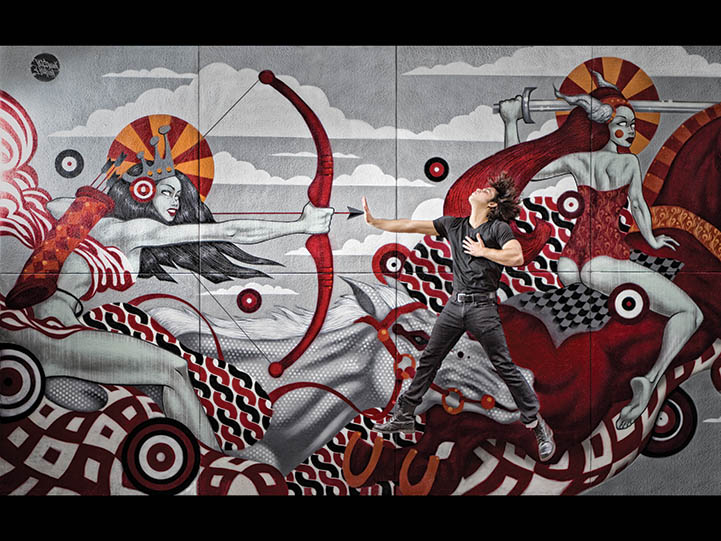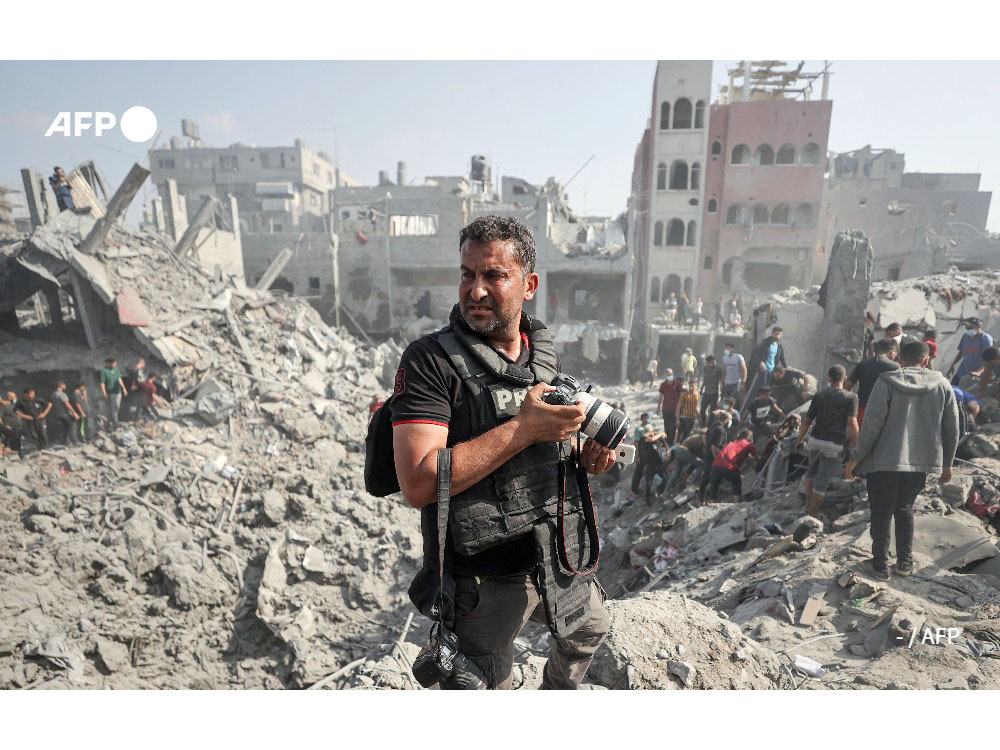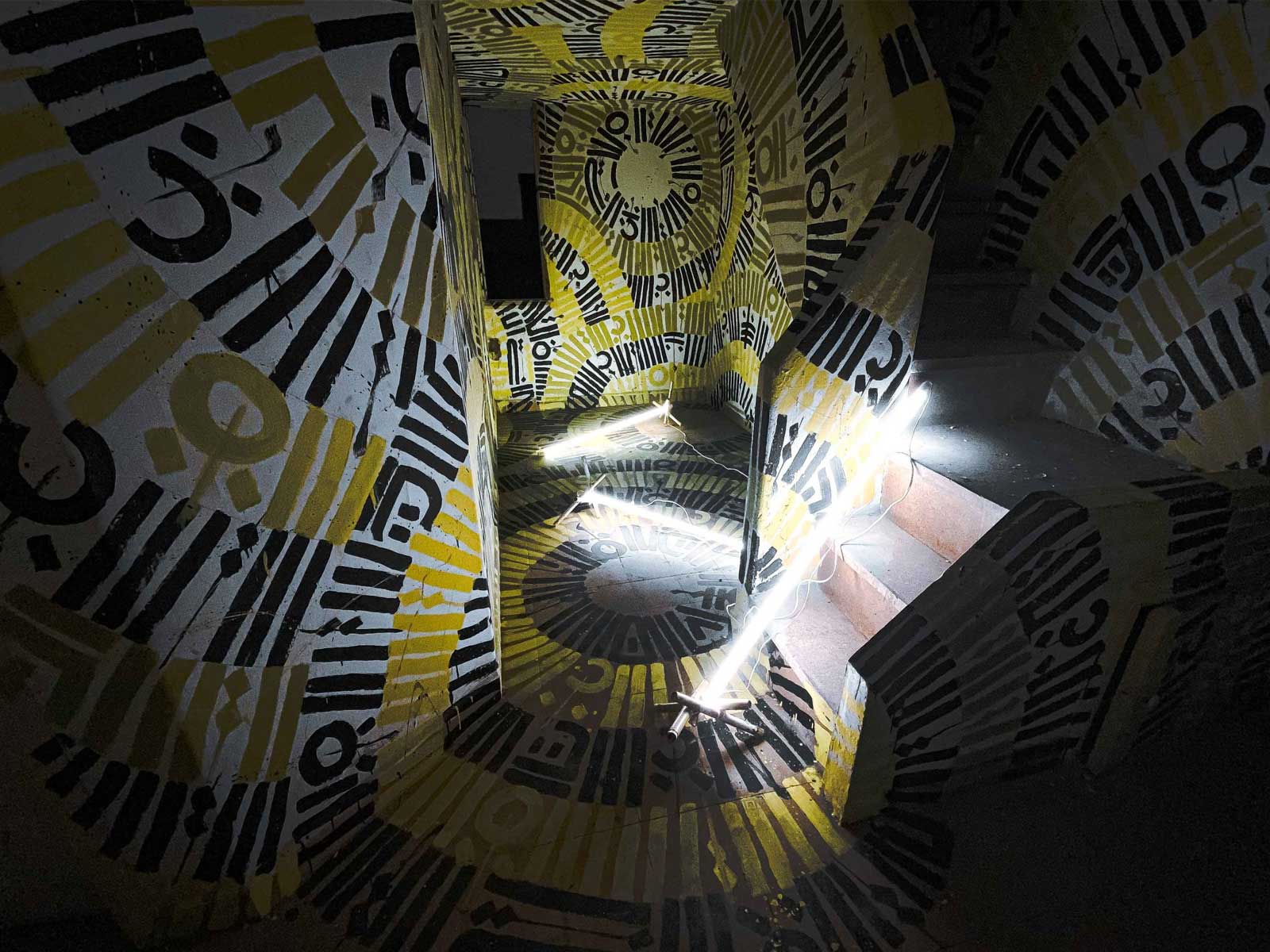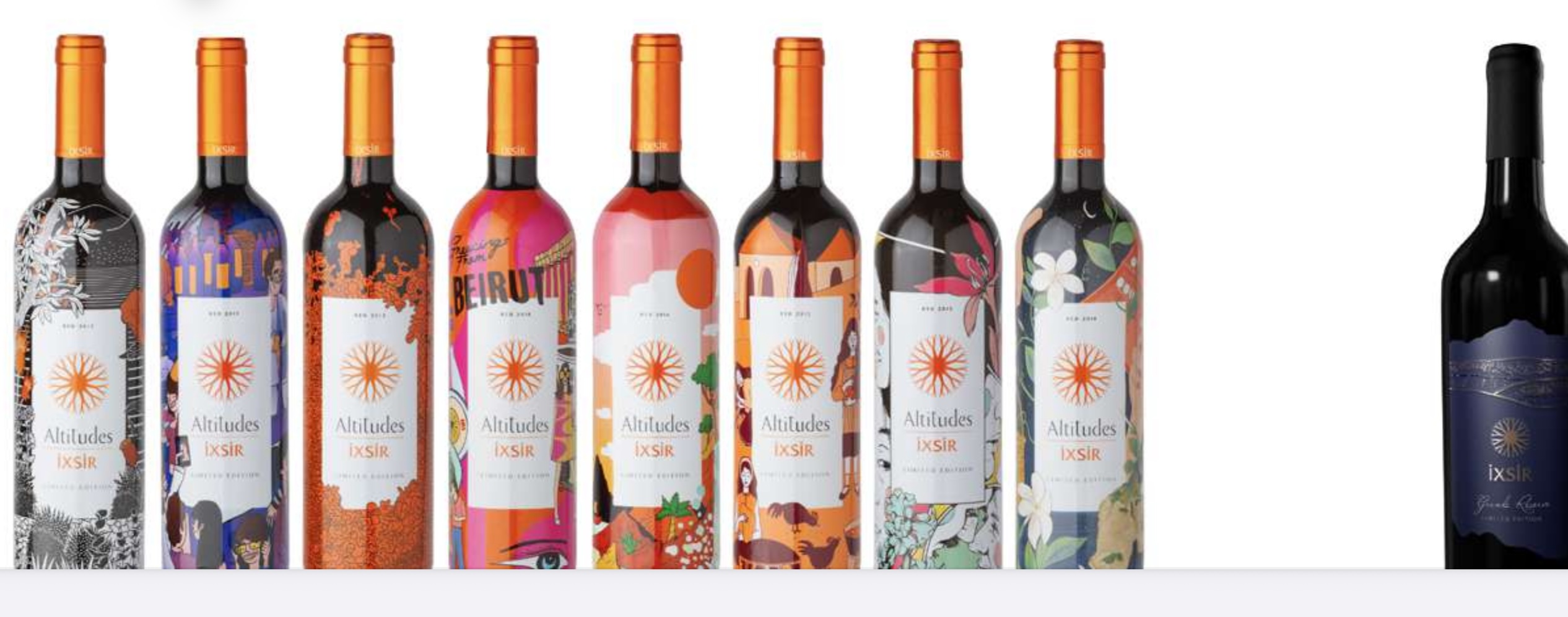Art & Design
Beauty in Every Frame
February 11, 2016
.jpg) Advertisement
AdvertisementTell us a little bit about yourself.
An introvert by nature, my first assignment was to take portraits of strangers in the street. Studying in New York helped me look at things differently. As I walked alone with my camera, searching for subjects with powerful features and interesting characters, it was completely up to me to break the ice, strike a conversation and ask if I could take their picture. This helped me come out of my shell and meet all sorts of people – one of them even offered to give me his old camera. It was an important first step in my new adventure.
How long have you been a photographer?
I graduated from NYFA and decided to get into photography along with my design job. I used to stay up reading and researching photographers and different styles almost every night. Becoming a professional photographer became my challenge. My husband and my friends pushed and helped me a lot; they would send me requests for photoshoots and refer clients and then as small jobs became bigger and bigger, I realised this is what I want to do. I studied the basics but experience has been my best teacher.
What inspired you to be a photographer?
Coming from a fine arts background, photography was the most exciting course I attended during my five years in college. It was always a hobby, an escape from the daily routine, until I decided to take it to the next level and became a professional photographer. I am also a brand specialist and have worked on many clients in the Food and Beverage sector.
What’s the best part of being a photographer?
The best part of being a photographer is knowing that when I look through the lens, I will see something completely different and new. It’s the long days of prep and work to capture one moment that would’ve otherwise been fleeting.
What’s the hardest part of your job?
It really helps to know what I’m aiming for so if the decision makers are indecisive, it throws me off balance.
If not a photographer who you would have been?
I would have been a fashion or product designer. I feel photography combines a bit of both. If that doesn’t work, my back-up plan is to open a restaurant on an island.
How would you describe your style and how did you develop it?
I am into details. It’s who I am. My character combined with my background in design and advertising has shaped my style. Working in multinational agencies is very demanding and requires a lot of patience and dedication; that’s something I have learned and perfected over the years.
Which photographers inspired you most and how did they influence you?
I find inspiration everywhere but Diane Arbus, Tim Walker and Annie Liebovitz have played an important role in defining my style. Diane Arbus has a very profound effect on me. She is famous for being “the photographer of freaks”. Her portraits of New Yorkers in the 50s and 60s are beautiful and unforgettable.
Annie Liebovitz is also famous for her portraits and advertising campaigns. She has produced some of the most iconic and provocative photographs of our time. Who can ever forget the picture of John Lennon, naked, lying next to a fully dressed Yoko Ono? I am also a big fan of Tim Walker, his extravagant staging and romantic motifs. His photographs are closer to dreams and fantasy than reality.
Wes Anderson is a film director but mostly an artist in how he treats each and every frame. He carefully works out all the details art direction, angles, colours, styling and location to produce incredibly stunning works of art.
How do you educate yourself to take better pictures?
I always try to learn from the best by attending international workshops and I also read and research a lot, which helps me know about the latest techniques and styles to move forward.
One of today’s main discussion points amongst photographers is about the use of digital photography; do you use digital cameras?
I can still remember the first time I was developing my pictures in the dark room, while studying at ALBA. Even then, the entire process felt surreal. In today’s world, everything is moving fast, and you definitely need a digital camera, you can download your pictures in a few seconds and share them with a client or even the entire world. The development process has been lost but at the same time, the emotions involved in the process have changed and even the grain and texture of the pictures.
Despite being able to take as many photos as possible – memory permitting, I feel there is a challenge in the migration from film to digital in the sense that pictures are losing some of the value they once held, when there was just one copy, or just one shot to capture a moment before it was lost.
With digital cameras and smart phones, anyone can take photos. Earlier, the photographer used to be a kind of celebrity while today, people no longer describe their experiences, they instantly share a photo that says it all – in the filter and lighting of their choice.
What kind of mode do you go into—what does it feel like to be inside your mind?
As soon as I start prepping for a new shoot, I go into my cannot-be-reached mode. I am usually fully focused on the project and completely disconnected from everything around me. I am also fully involved in the whole process, from the art direction to the retouching; disconnecting allows me to get the results I want.
We know that each of us has someone or something, which inspires our life and work. Can you tell us the true basis of your inspiration?
I rely on inspiration but most of all, I am a firm believer in research and preparation. It takes a team of talented people to achieve outstanding results but being involved in all the details allows me to clarify the image in my head, before even shooting it.
What makes a good picture stand out from the average?
Good lighting never fails. Also, depending on the shoot, the right stylist or food stylist for food photography, along with the props play a big part. The perfect picture is a combination of a lot of things but with the right colours, props and settings, the chances of it standing out are always much higher.
Exactly what is it that you want to say with your photographs?
Whether it’s a portrait, food or still photography, every image has the best version of itself inside it and it’s up to me to make sure that version comes out. I know when an image works when I feel it almost ‘speaks’ to whoever sees it. When a picture has told the full story it has to tell, only then do I stop and say: “OK, this one is ready”. Until then, I just keep working on it.

What has been your most memorable session/assignment?
My most memorable assignment to date was my final project at NYFA. My task was to create an interaction with street art so I started scouting for graffiti locations in Manhattan and Brooklyn. I then had to convince the right cast to offer their services for free. The entire process was memorable but it also marked me because it was my graduation into the professional world of photography, an ending and a start at the same time.

Do you get to work with ad agencies on specific assignments?
I have worked with many ad agencies and I have to admit that each project comes with its own set of challenges, expectations and inspiration. Each project and assignment is entirely unique and special. Of course, some shoots have been easier than others, some more creative than others, but it’s really always down to making the most out of that project and bringing the best possible version or angle of that product to life.
Do you see yourself as a photographer many years down the road?
Yes, of course. At some point, I see myself sharing the knowledge and experience I have acquired through workshops but that would be at a much later stage.
What advice do you have for photographers just starting out?
I think the market is saturated with a lot of everything but there is always room for a fresh way of thinking or a fresh perspective. The important thing is to stand out, to create and craft a style that is your own.
On the technical front...
Nikon or Canon, other? Canon
Favourite lens? Fixed lenses are my favourite.
Favourite photography accessory, other than your camera? My vintage leather camera bag.

















.jpg)










